Imagine you and a group of friends are keeping track of who has borrowed a book from a library. Instead of one person writing everything down, everyone has their own list, and each time someone borrows a book, everyone adds it to their own list. If someone tries to change the information, all the other people will notice the change and say, “Hey, that’s not what we all wrote down!”
This is very similar to how blockchain works.
The Basics of Blockchain
Blockchain is a system that records information in a way that makes it nearly impossible to change or hack. Think of it as a digital ledger, or notebook, that everyone can see, and that everyone can add to, but no one can change. Each new piece of information gets added in a block, and every block is connected to the one before it, forming a chain—hence the name blockchain.
Every time new information is added, it gets confirmed by multiple computers in a network. Once they agree that everything looks correct, the information gets locked into place. After it’s added, no one can go back and change it, which is what makes blockchain so secure and trustworthy.
How Does Blockchain Work?
Here’s a simple breakdown of how blockchain works:
- A Transaction Happens: Whether it’s a payment or data exchange, an action occurs that needs to be recorded.
- The Transaction is Verified: Computers in the blockchain network (called “nodes”) check to make sure the information is correct.
- Information is Stored in a Block: Once verified, the transaction gets added to a block of other transactions.
- The Block is Linked to the Chain: The new block is added to the chain of previous blocks, forming a permanent record.
- It’s Nearly Impossible to Change: Once the information is part of the chain, it’s locked in, and no one can alter it without everyone noticing.
Why Is Blockchain So Secure?
Blockchain’s security comes from its decentralized nature. There isn’t one person or company controlling the data. Instead, many different people (or computers) keep copies of the information, and they all have to agree before anything can be added. This makes it very hard for hackers to mess with the data, since they would have to change information on all the copies at the same time.
Plus, because each block is connected to the one before it, changing anything in one block would mess up the entire chain.
Where Is Blockchain Used?
You might hear about blockchain most often when people talk about cryptocurrencies like Bitcoin. Blockchain is what makes Bitcoin and other cryptocurrencies work, as it records who owns what and makes sure no one spends the same Bitcoin twice. But blockchain isn’t just for cryptocurrency. It can be used for many things, like:
- Tracking shipments: Companies can use blockchain to track products as they move through the supply chain.
- Voting: Blockchain can make voting more secure by recording every vote in a way that can’t be tampered with.
- Medical records: Blockchain can safely store medical information, giving doctors easy access while keeping the information private and secure.
Why Should You Care About Blockchain?
Blockchain is one of the most important technological advancements in recent years because it can be used to improve many different industries by making things more secure, faster, and more transparent. Whether you’re interested in trading cryptocurrencies or just curious about new technology, understanding blockchain is a key step toward navigating the future of finance and data management.
Learn to Trade with EPIQ Trading Floor
Are you interested in using blockchain to help with your trading? At EPIQ Trading Floor, we offer expert analysis, real-time trading signals, and a supportive community to help you make better trading decisions. Whether you’re just getting started or looking to refine your skills, EPIQ gives you the tools you need to succeed.
Start your 3-day free trial at EPIQ Trading Floor and begin your journey today!
Disclaimer
The information in this article is for educational purposes only and does not constitute financial advice. Always do your own research before making investment decisions.


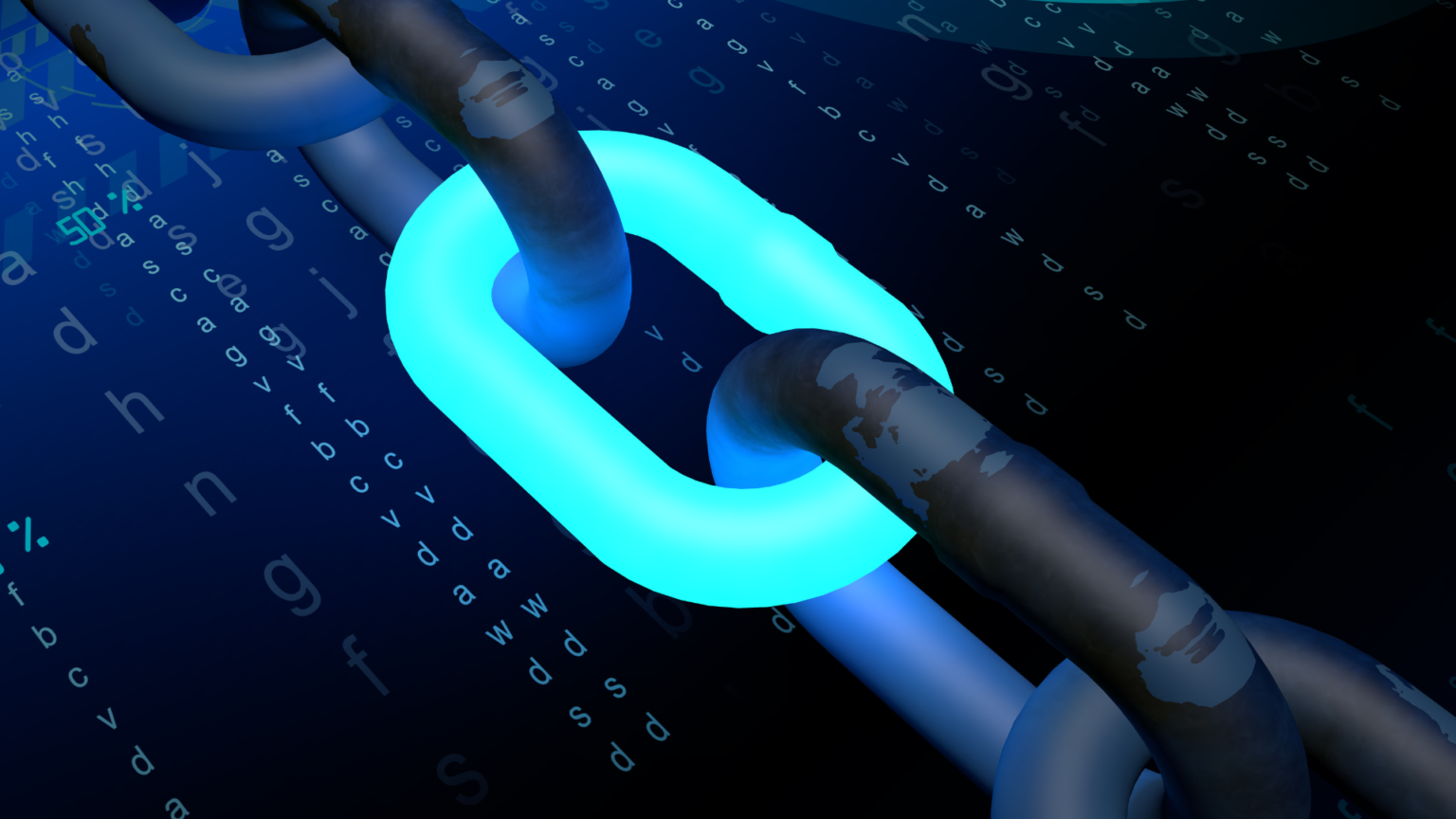

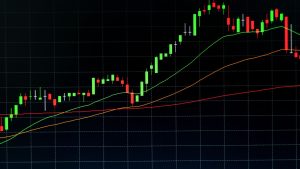
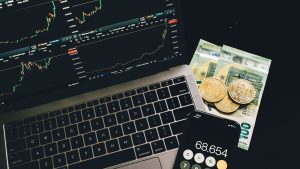

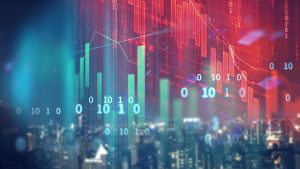
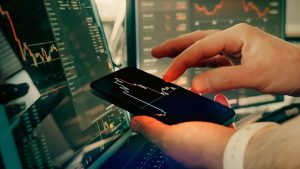

Responses